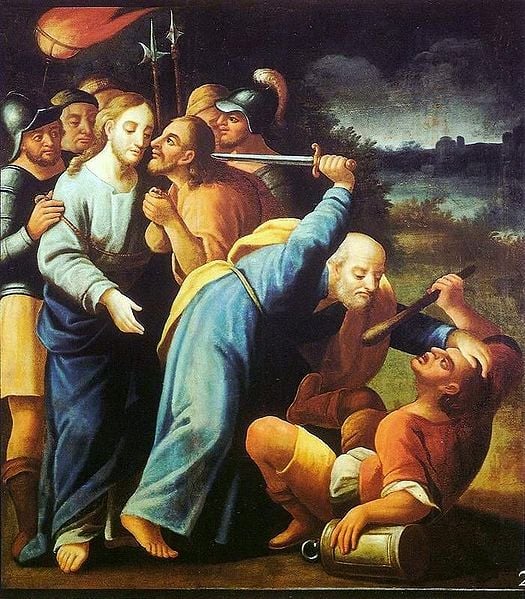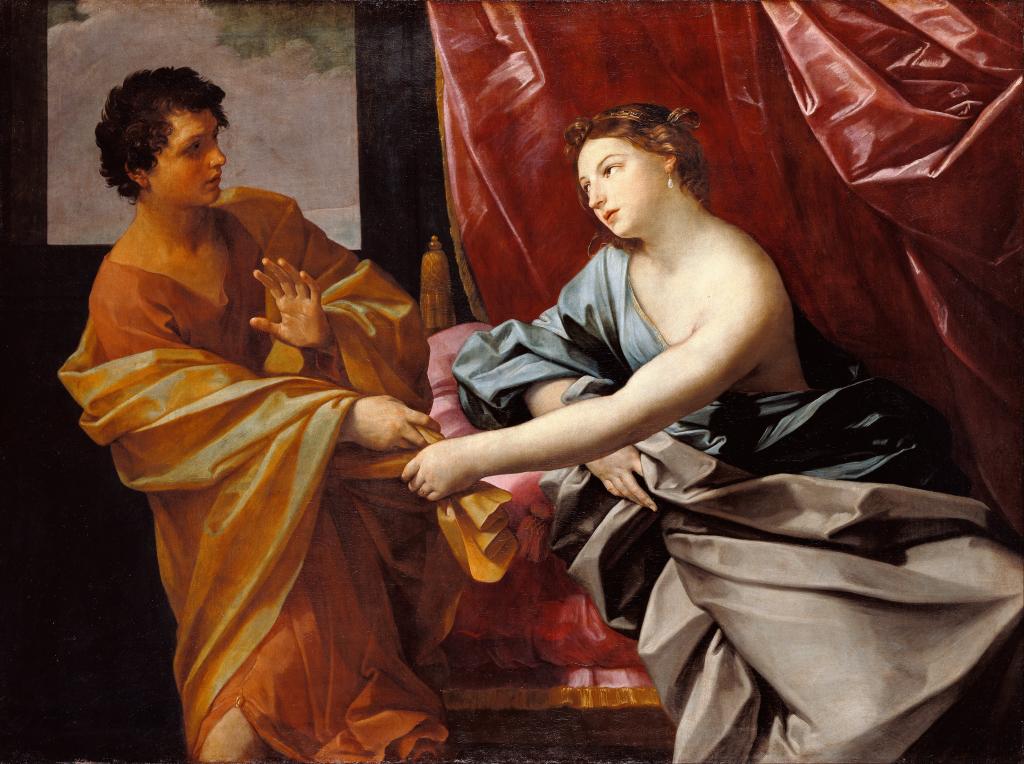When Olympic season appears on the horizon, I tend to recall how I was a disappointment to my parents. Well, only on one account but it was significant: I was not athletically inclined.
My parents were my mother and grandmother, and they loved sports. My Grandma graduated from BYU with a Bachelor of Science degree in Physical Education. She was one of the first white women to hike across the Grand Canyon from the North to the South Rim. She taught PE at Farrer Junior High School, where her students won the posture parade at State competitions. While raising her own children, she taught tap dance and square dance. My mother was a high school badminton champion and a guard on the basketball team. She played volleyball through her twenties with a city league. She led hikes for guests at our ancestral summer home. As an elementary school teacher, she required her students to learn the monkey bars, jump rope, and shoot baskets. Both women loved to watch sports.
They took me to football and basketball games; I brought my book along. Fans sitting near us didn’t appreciate my reading through games. My grandma died twelve years ago, and I haven’t heard her watch a football game for twenty-five years, but I still can conjure precisely those guttural tones she used when encouraging her favorite team on to better defense, “Get him!” Her last major purchase was a large television, to watch the 1998 winter Olympics.
Recently, while trying to figure out what the early creators of LDS Girls’ Camp were trying to accomplish, I came across the name of Ann M. Cannon. Cannon served on the Young Women’s General Board for 40 years. She created the Beehive program. This title is something of a red herring, because now “Beehive” refers to the organization for 12-14 year old girls. But the Beehive program was originally for girls 14 and up, even into their twenties. The Beehive Program was forerunner both to the Campcrafter program—the LDS female equivalent of earning an Eagle Scout—and the Personal Progress Program. Cannon was also on the Deseret Gym Board. Eventually, I realized that Ann M. Cannon was Aunt Annie. My Grandma had married Cannon’s nephew.
This realization, and study of the period, changed my conception of women and sports in our family. Sports were a legacy of the utopian impulse of 19th and 20th century Latter-day Saints. LDS theologies of embodiment teach that bodies are a gift, that people have a mandate to care for their bodies, and that resurrection is literal and physical. Latter-day Saints share with many other religious traditions a belief that physical health impacts spiritual health.
This theological foundation led early Saints to view Church participation in a holistic way, seeking to flourish physically as well as spiritually. For example, Brigham Young installed a gymnasium in his home for his daughters and sons to exercise. In 1910, the Church completed the Deseret Gym with female-only exercise days to insure women had full access to the facilities and participation in all events. As religious groups in the United States began to see the potential of sports for attracting young people to the congregations, so did Latter-day Saints. Basketball became central to the programs for young men, and, beginning in the early twentieth century, Church architects designed meeting houses with gymnasiums. A 1952-1953 Young Women Mutual Improvement Association (YWMIA) manual suggested that women in wards form teams and compete against other wards in volleyball, softball, ten¬nis, badminton, kickball, shuffleboard, or table tennis. In addition to physical well-being, organized sports would encourage good sportsmanship and friendships, facilitating a sense of belonging among players.
All-Church competitions such as softball, basketball, volleyball, and dance ended in 1971. The main reason for localizing these activities was the expense and travel involved in such tournaments for a rapidly growing Church. But overly aggressive competitors and fans also concerned many Church leaders and participants. Many Church-sponsored regular athletic events gradually died out. However, this process has reversed since 2004, when the First Presidency sent a letter to local leaders throughout the world encouraging stakes to develop drama, dance, music, speech, sports, and visual arts programs to foster unity and friendships among young people.
Now I cheer on my nine-year old daughter, who has taken up basketball and likes to watch football games with my mother. And I try to discover what my seven-year-old might like. She has put her foot down against gymnastics. She says if she were to play basketball, she would spend the whole game worrying that a ball would hit her on the head, adversely affecting the quality of her participation. I wonder what Aunt Annie would recommend for her. From the first Beehive manual in 1915, Aunt Annie and her committee invited young women to earn health medals by playing games for 15 hours a month (relays, hide and seek, fox and hounds, tennis, gold volley ball, etc.), swimming, boating, skating, snoeshowing, horseback riding, bicycle riding, and dancing. My daughter likes to climb rocks, so maybe I will watch her learn to scale a wall and recall the 1930s image I have of my twenty-year-old grandma, blistered, dehydrated, and climbing out of Grand Canyon’s South Rim in search of aid for her hiking companion.
For further reading on the LDS Church and recreation see:
Embry, Jessie L. Spiritualized Recreation: All Church Athletic Tournaments and Dance Festivals. Provo, UT:
Charles Redd Center for Western Studies, 2008. https://reddcenter.byu.edu/Pages/Spiritualized.aspx
Ibid. “Women and LDS Church Sports.” Mormon Historical Studies. Spring 2008.
http://www.mormonhistoricsitesfoundation.org/publications/studies_spring2008/5-MHS_spring2008_Women-Church-Sports.pdf
Kimball, Richard Ian. Sports in Zion: Mormon Recreation, 1890-1940. Urbana: University of Illinois, 2003.











